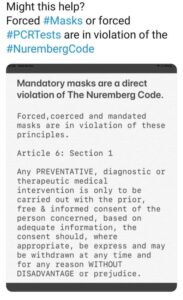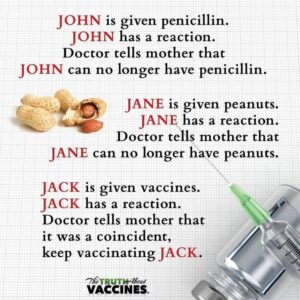
Medical schools—largely funded by Pharma, do not teach doctors to recognize vaccine injuries, and indoctrinate pediatricians to believe such injuries don’t exist. CDC tells doctors that vaccine injury is vanishingly rare. Therefore, Pediatricians like Dr. Riewerts whose patients suffer vaccine injury like seizures, epilepsy, allergies, autoimmune and neurological injuries, or SIDS, are likely to dismiss those incidents as “sad coincidences” unrelated to vaccines and never report them to VAERS.
Indeed, HHS commissioned the AHCR pilot study in response to criticism that vaccine injuries were horribly underreported. AHCR confirmed these assessments, finding that “fewer than 1% of vaccine injuries were reported.”
CDC officially were so panicked by AHRC’s revelations that they killed the AI system-wide roll-out and stopped returning phone calls from their sister agency. Today, CDC purposefully continues to use a surveillance system designed to under-count vaccine injuries by over 99%!
Vaccine Injuries Ratio: One for Every 39 Vaccines Administered







